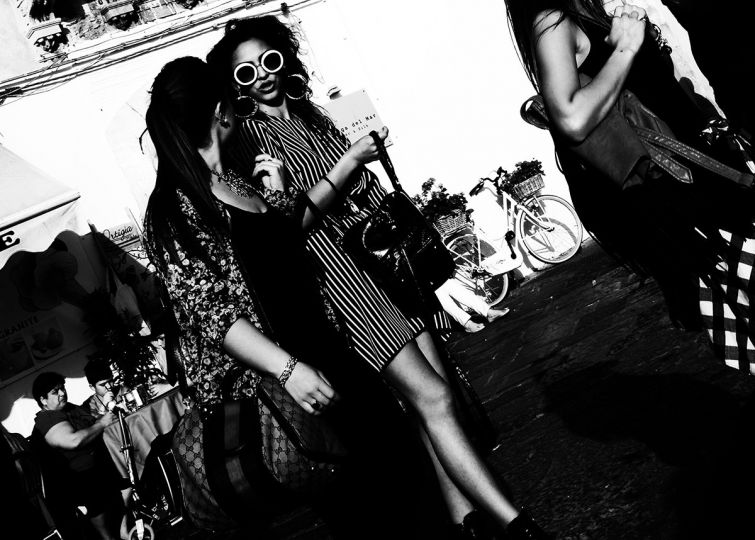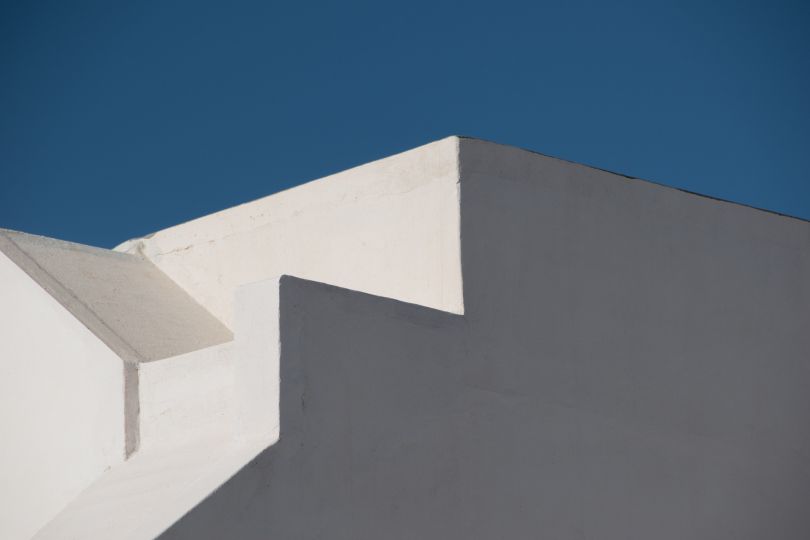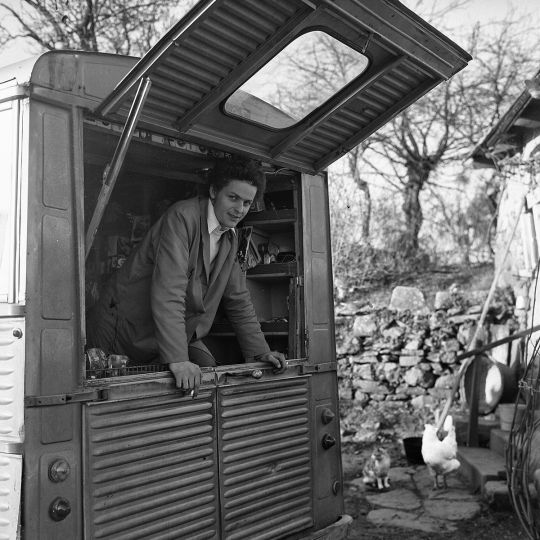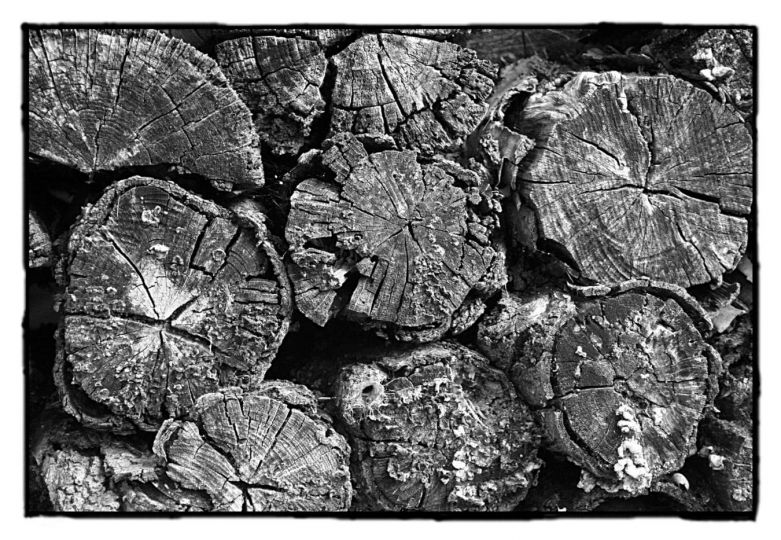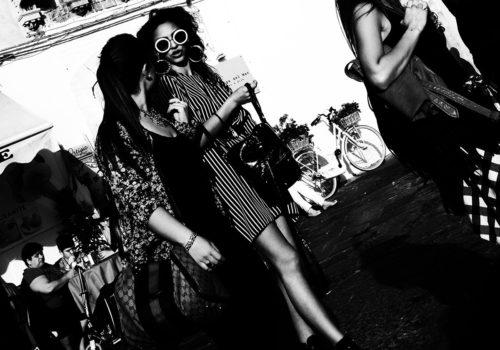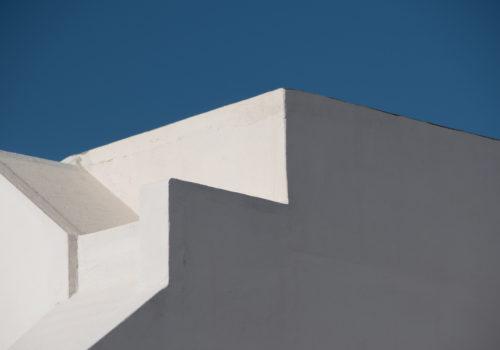L. Parker Stephenson Photographs presents in New York a selection of vintage photographs from the 1930s and early 1940s of rural architecture and urban scenes by American photographer Luke Swank (1890-1944). This is the first solo exhibition of Swank’s work in New York since 1934 at Delphic Studios. At the time, Swank’s modernist images, taken mostly in his native Pennsylvania, were heralded by fellow photographers, curators, and art critics alike and were widely exhibited in museums and galleries on both the East and the West Coasts. However, due to his early death and a paucity of material in public hands, Swank’s contributions to the field were overlooked for more than six decades.
Luke Swank began photographing in the mid-late 1920s when industry and progress were being celebrated. Yet it was not until the effects of the Depression were felt that Swank developed his signature style and turned his camera to vanishing scenes of American life. Vernacular architecture was one of his main subjects. While Walker Evans and Aaron Siskind were concurrently examining sites in Pennsylvania, as had Charles Sheeler twenty years prior, the formal elements of Swank’s compositions are recognizable and distinct. These include compression of planes through dark shadow, light and dominant line, as well as wider landscape contexts. In closer views where façades fill the frame, texture and graphic elements are accentuated.
In the early 1930s Luke Swank’s work was brought to the attention of Julien Levy, a prominent New York gallerist and early champion and promoter of photography as an art. Levy served as co-curator of the Museum of Modern Art’s first exhibition to include photography. This was the first of three occasions that Swank’s prints were chosen for presentation at MoMA during his life including the Photography Department’s inaugural exhibition in 1940. In 1933, Levy selected Swank for a one man exhibition at his venerable gallery and for two other shows; at Smith College and Wesleyan University.
Swank’s work was equally embraced on the West Coast by the Group f/64 whose leading members espoused sharp focus and detail. Willard Van Dyke, one of its leading members, accepted a group of Swank’s prints for the juried First Salon of Pure Photography in 1934. Other prominent galleries and museums also presented Swank’s work (the Brooklyn Museum, the Albright Knox Gallery, and the Carnegie Institute among others) but as a husband and father during the Depression he was forced to shift his energies to teaching (establishing one of the early university courses in photography) and later to commercial assignments. His health failed in 1943 and he died the following year.
In 2005, the Carnegie Museum of Art mounted a major exhibition of Luke Swank’s work to coincide with the release of the first major monograph, Luke Swank Modernist Photographer by Howard Bossen. This book at long last allowed a broad audience to see the artist’s oeuvre and learn about his role in American modernist photography. In addition to the Carnegie Museum’s extensive collection, his prints are found in those of the Art Institute of Chicago; the Museum of Modern Art, New York; Philadelphia Museum of Art and Smith College among others.
Luke Swank – Vernacular Architecture Through a Modernist Eye
Until November 21, 2018
L. Parker Stephenson
764 Madison Ave, New York, NY 10065



